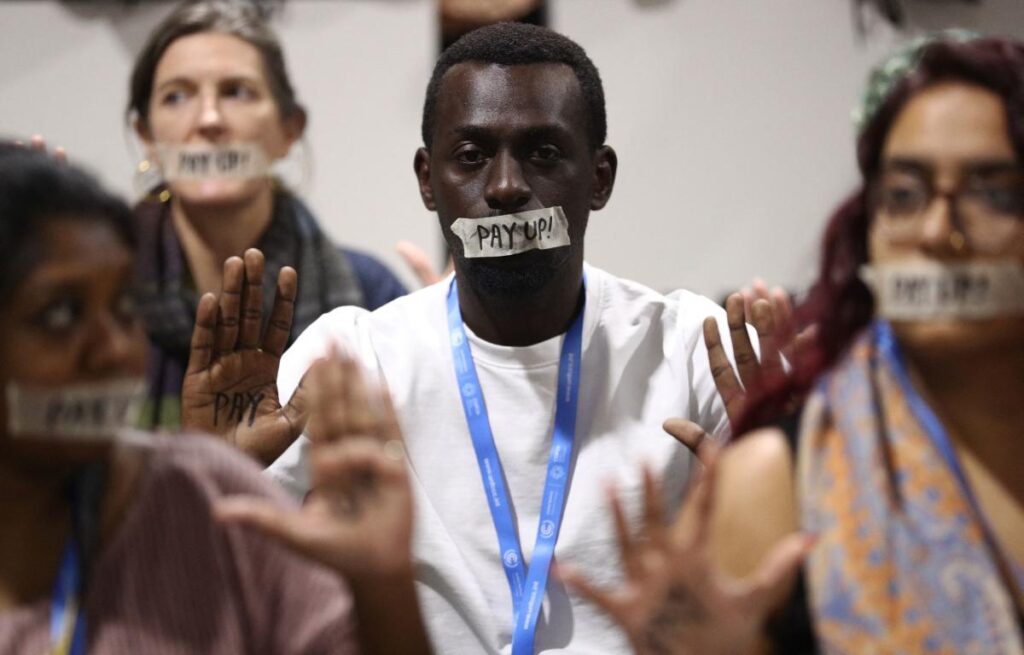After extended negotiations that overflowed the original deadline in Baku, delegates at COP29 finally reached an agreement to allocate $300 billion annually to aid developing nations in their transition toward greener energy sources. This financial commitment, however, falls significantly short of the expectations held by many developing countries and climate activists who had been advocating for a more substantial monetary response to the climate crisis. Despite pressure from Western diplomats, key players such as China and Gulf nations were not obligated to participate in this funding scheme, raising concerns about the equity and effectiveness of the deal.
Criticism arose immediately following the conclusion of the negotiations, primarily from representatives of developing nations who expressed dissatisfaction with the final agreement. An Indian delegate openly criticized the deal, labeling it as an “optical illusion,” while a Nigerian envoy called it “an insult.” These sentiments highlight the discontent among those who feel the package fails to adequately address the urgent financial needs associated with climate action in their regions. The mood conveyed by these representatives reflects a broader disillusionment with the progress made during the summit, suggesting that many delegates believe the agreement lacks the necessary ambition to effect meaningful change.
In addition to the annual funding amount, the agreement also encourages voluntary contributions from various sources, including countries, development banks, and private investors, aiming to reach a more ambitious climate financing goal of $1.3 trillion by 2035. However, skeptics question the likelihood of meeting such targets, given the historical context of similar pledges that have often gone unfulfilled. Ralph Regenvanu, the climate envoy from Vanuatu, emphasized the inadequacy of the commitments made during COP29, arguing that the pledged amount and corresponding emissions reductions do not measure up to the gravity of the issue at hand.
While the discussions around funding and commitments dominated much of the summit, one aspect of the negotiations garnered a modicum of optimism: a proposed reform to the carbon credit trading system. This system allows governments and corporations to invest in carbon removal and reduction projects in other countries, enabling them to count these efforts toward their own emissions reduction targets. Experts hold cautious optimism that these reforms could unlock low-hanging fruit for climate mitigation and ensure that global emissions are capped in line with the ambitions set by the Paris Agreement.
Despite this potential advancement regarding carbon trading, many believe that the overarching deal lacks the necessary scope and urgency that is befitting the current climate crisis. With global temperatures continuing to rise and climate impacts accelerating, the challenges facing developing nations demand more than just financial commitments—they need comprehensive strategies that reflect their immediate needs and long-term sustainability goals. The skepticism voiced by representatives at COP29 underscores a critical gap between the realities of climate vulnerability faced by many countries and the support being offered.
As nations and policymakers reflect on the outcomes of COP29, the discussions promise to set the stage for further debates on climate financing mechanisms and the responsibilities of both developed and developing nations in the face of climate change. The confusion and disappointment over the lackluster funding agreement highlight a pressing need for a more unified and courageous approach to international climate cooperation. Moving forward, it will be essential for global leaders to enhance their collaboration, ensuring that financial pledges translate into actionable results that can genuinely empower developing nations on their paths toward green transitions.

